Shifting to a circular economy can create opportunities for businesses and society as a whole; reducing costs, introducing new revenue streams and reducing reliance on scarce resources.
Every year the UK creates 3.6m tonnes of food surplus in primary production, worth over £1bn. With Covid-19 and Brexit likely to make access to labour more difficult, could we see this worsen the situation?
Hethel Innovation is working closely with the Food Enterprise Park and the UEA to develop a new platform which will allow businesses to better understand how they can embrace a circular economy business model and introduce new revenue streams.
Taking place on September 24th from 2pm to 4pm, come along to learn more about the platform, how your food waste and by-products can be used to support a circular economy, and what potential revenue streams could be available to your business.
If you’re a business not in the food and drink sector, but are interested in finding out how you could contribute to a circular economy, Norwich BID are part of an Interreg project and they need your support, learn more here.
How are Businesses Embracing the Circular Economy?
– 9 Case Studies from the Food & Drink Sector
As part of the circular economy platform, we are working with researchers at the UEA to collate papers and case studies of organisations around the world who are shifting, or have shifted, to a circular economy system. These case studies demonstrate creative thinking, potentially disruptive innovation, and the ability to identify new revenue streams from food waste and by-products. All information is correct at the time of writing (August 2020).
1. Sour Milk = T-Shirts
LA-Based MiTerro are ‘an award-winning social impact biotechnology company’ who have developed an innovative process which transforms excess milk, which has turned sour, and turns it into a fiber for use in fashion and packaging industries.
The fiber has several beneficial properties including being breathable, anti-bacterial and three times softer than cotton.
2. Stale Bread = Ale
Toast Ale are a London-based brewing company who have saved almost 2 million slices of bread, and transformed them into a range of award-winning lagers and ales which are available in UK supermarkets.
Since it’s early beginnings in 2015, the business has saved over 42 tons of CO2 emissions, 250,000L of water, and reclaimed 170,000+m2 of land.
3. Cabbages = Textiles Dye
Developed in Mefli, Italy, Pigemnto Naturale have developed a process which allows them to produce 100% natural dyes from agricultural waste. The dyes are then used across industries including textiles, biohousing and cosmetics.
Cabbages are part of the UK’s 10 highest sources of food waste from farms, with over 29,000t of waste estimated to be produced each year (Source: WRAP).
4. Sunflower Seeds = Burger Patty
Since 2017, Planetarians have been developing a variety of different meat-free substitutes from a range of ingredients.
This all started with their sunflower seed flour, then developed into a ‘High Moisture Meat Analog’. These healthier ‘meats’ do not create by-products, are more cost effective than traditional meats, and claim to have an improved texture, taste and quality.
5. Tomato & Egg = Car Tyres
Whilst yet to become financially viable, researchers at The Ohio State University found that waste tomato peels and eggshells could be used to partially replace the existing carbon black filler.
The innovative products exceeds performance standards and the process could result in the manufacture of rubber products being more sustainable and kept from landfill.
6. Rice Husks = Walls
Another circular economy case study from Italy, Ricehouse repurpose by-products from rice cultivation (including husk, bran and straw) seeks to commercialise them into materials for construction industries.
The organisation seeks to revolutionise construction supply chains and has, to date, developed plastering agents, paints and insulation boards.
7. Coffee Leaves = Tea
Sounds counter-intuitive right? Well, Wize Monkey realised that coffee leaves, a by-product of coffee, has been consumed in Ethiopia for over 200 years.
Usually a three-month harvest, by repurposing the leaves, farmers now have work for twelve. The tea has reduced caffeine, removing the chance of a caffeine crash , as well as possessing several health benefits and antioxidants.
8. Citrus Peels = Cosmetics
Peelpioneers are a Dutch producer of ‘local, innovative and circular orange ingredients’.
When juice is produced, peels are removed and disposed of. Peelpioneers take the peels and extract fibers, antioxidants and orange oil for use in cosmetics and cleaning products. Leftover pulp is sent for animal feed. On the website you can request to use an extracted material, accelerating the shift to a circular economy.
9. Beer Grains = Snack Bars
US-based ReGrained do as the the name suggests, reuse grains. The grains, recovered following the brewing of beer, still contained a high concentration of fiber, protein and other nutrients.
Through the development of a patent-pending process, the grains are then repurposed for use in snack bars and ‘puff snacks’. Visit the website to source their grain into your products!

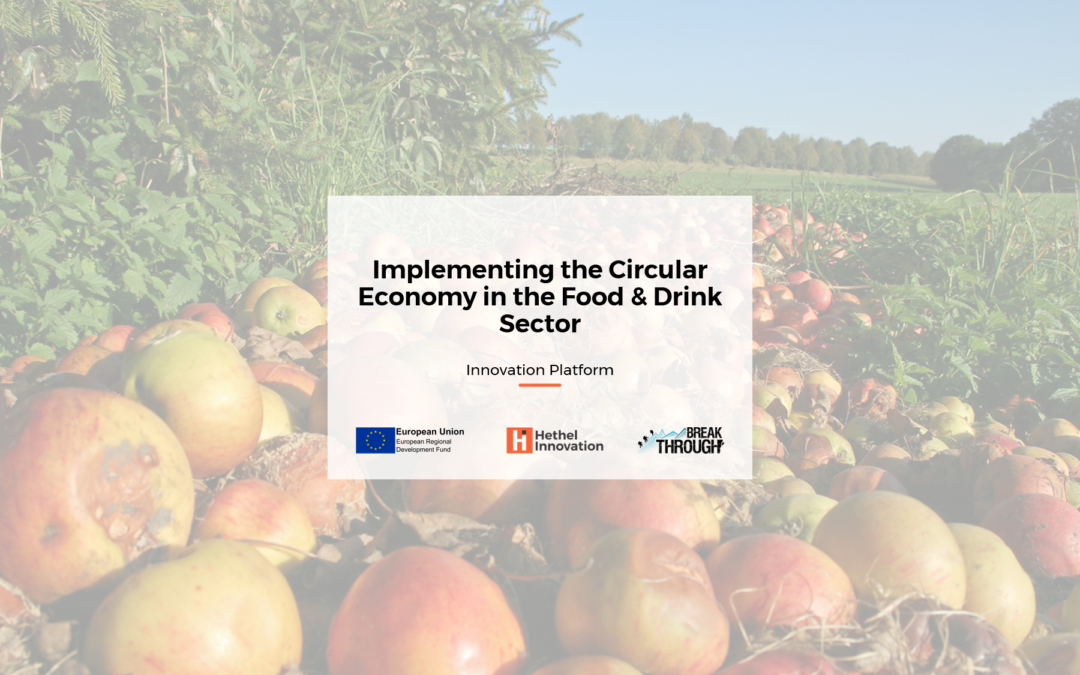
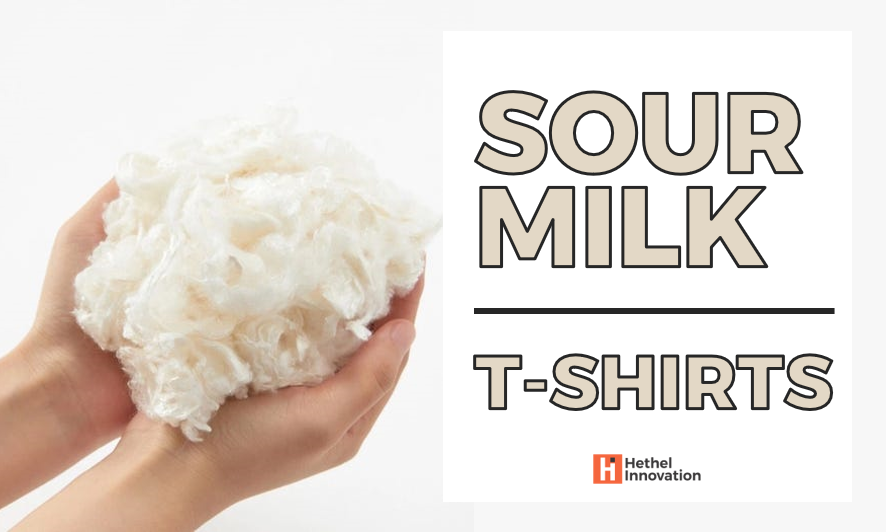

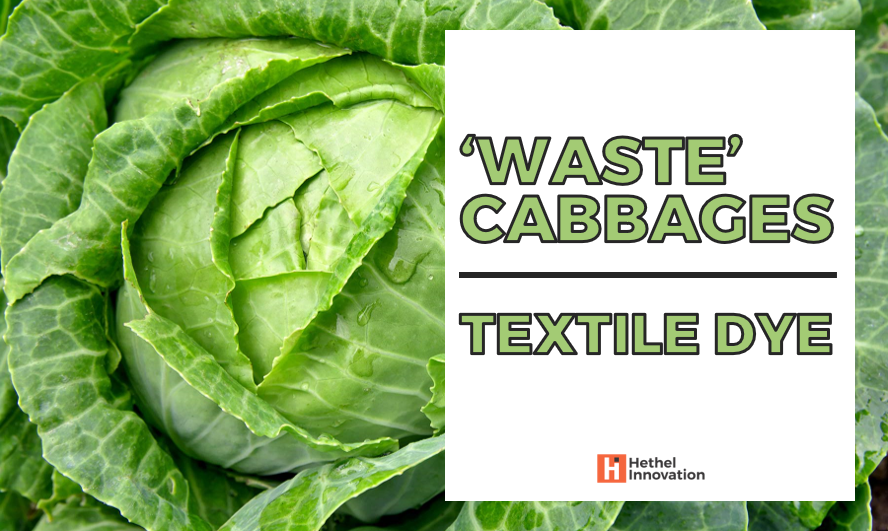
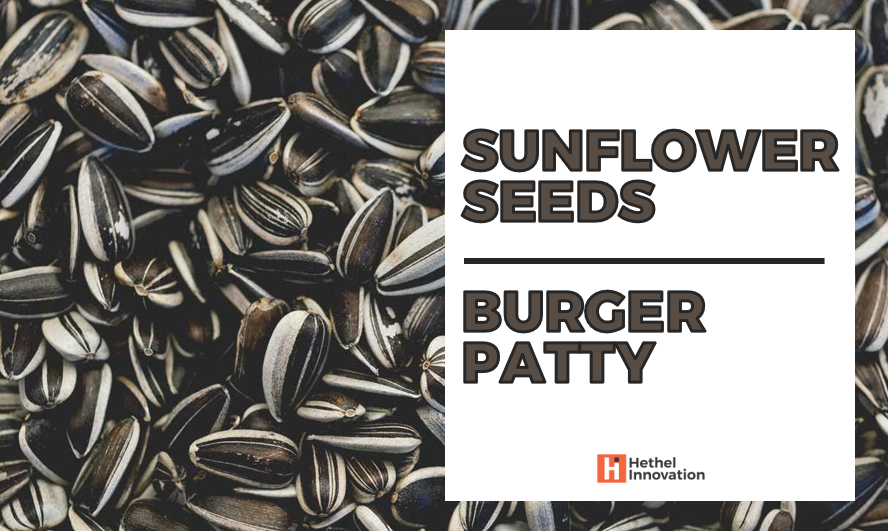

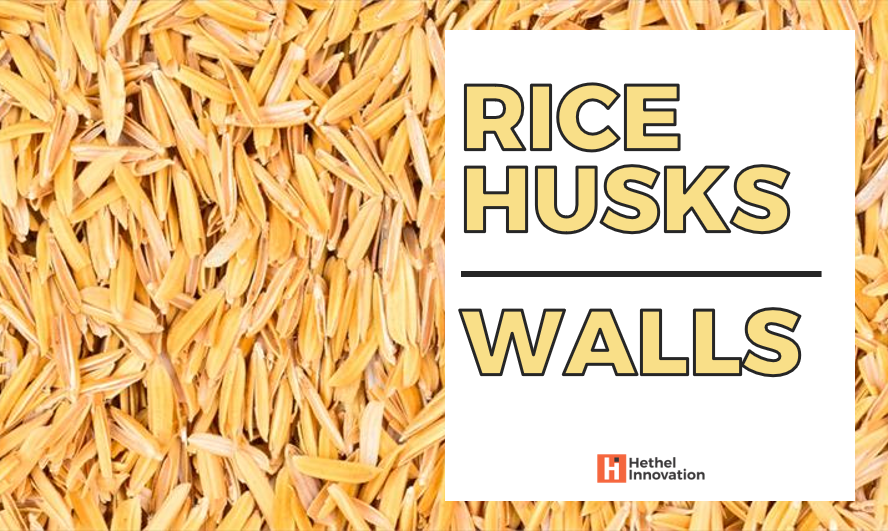
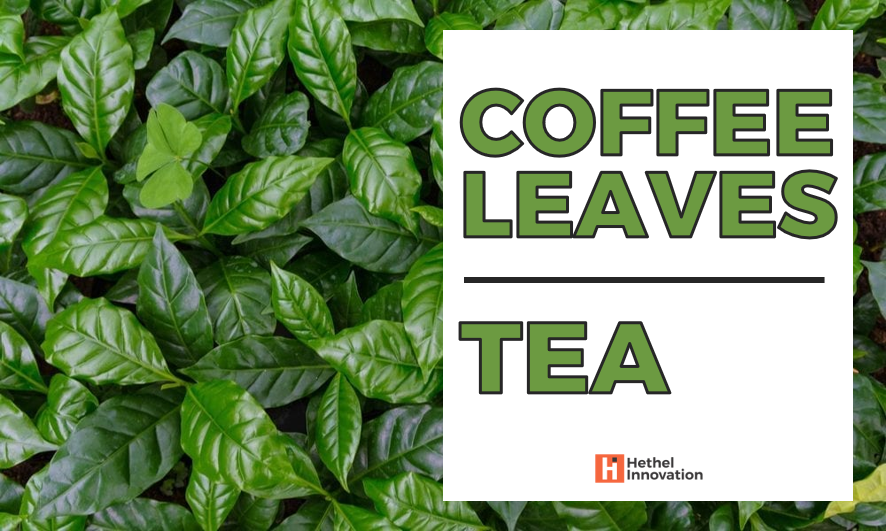

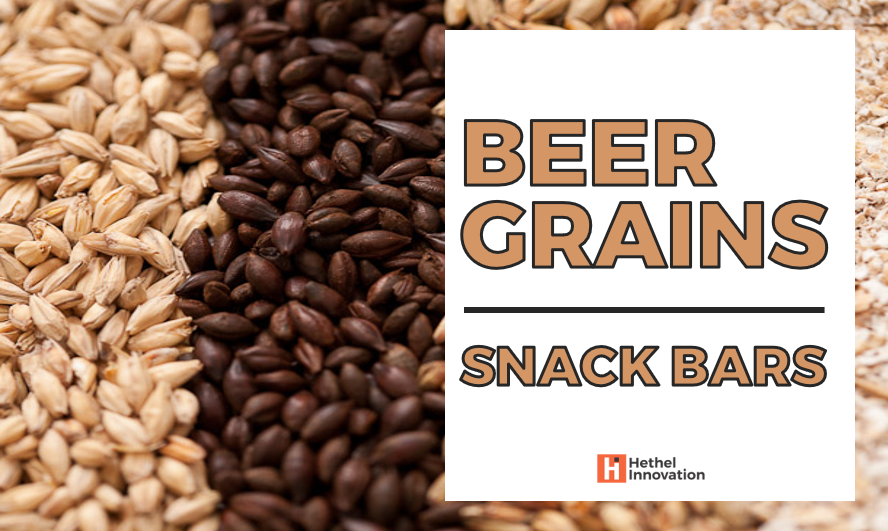

Very interesting paper Jordan. Net Zero is not just about reducing carbon but also being innovative and entrepreneurial about the circular economy. We at the Food Enterprise Park are determined that future food processing uses renewable energy sources and local distribution channels. Looking forward to working with Hethel Innovation and the UEA on the Food Innovation Centre, welcoming businesses to the units who will develop circular economy models.